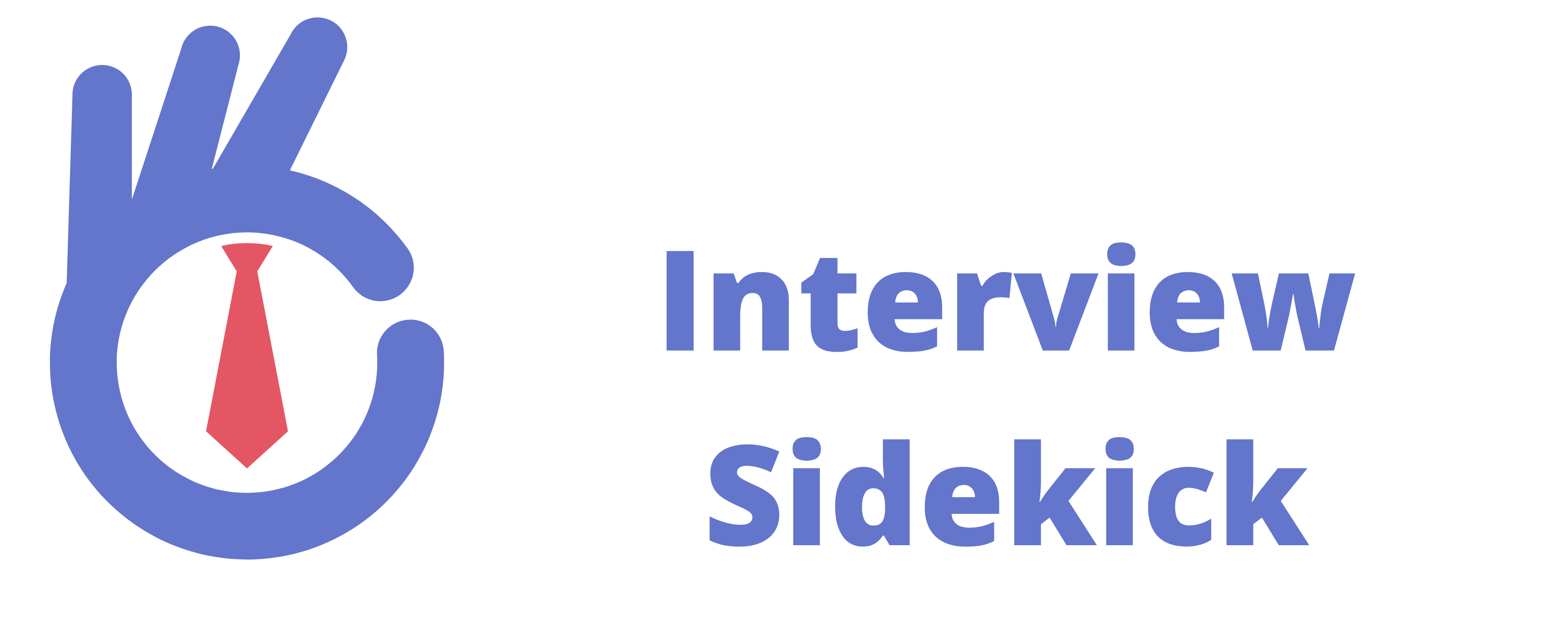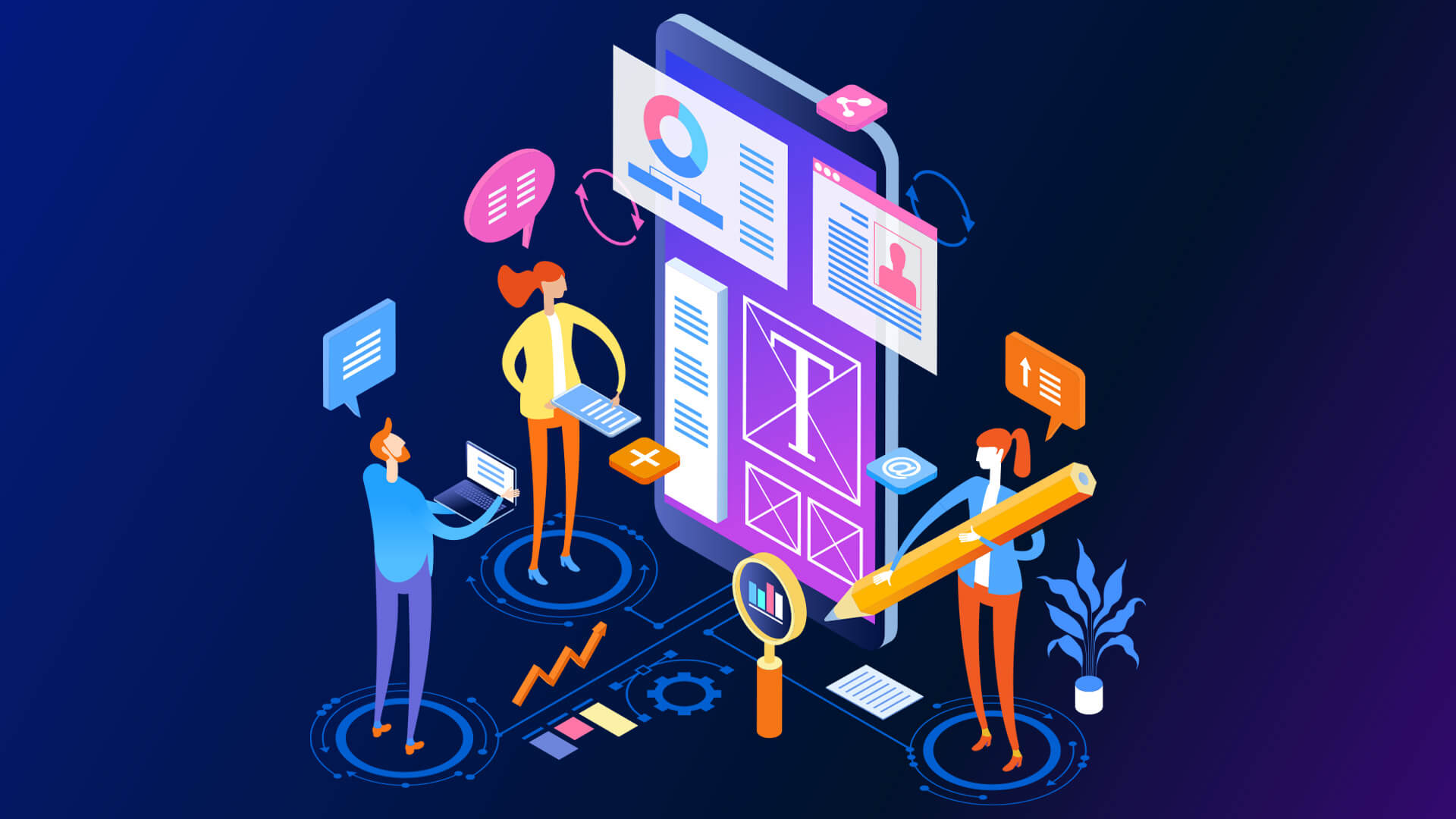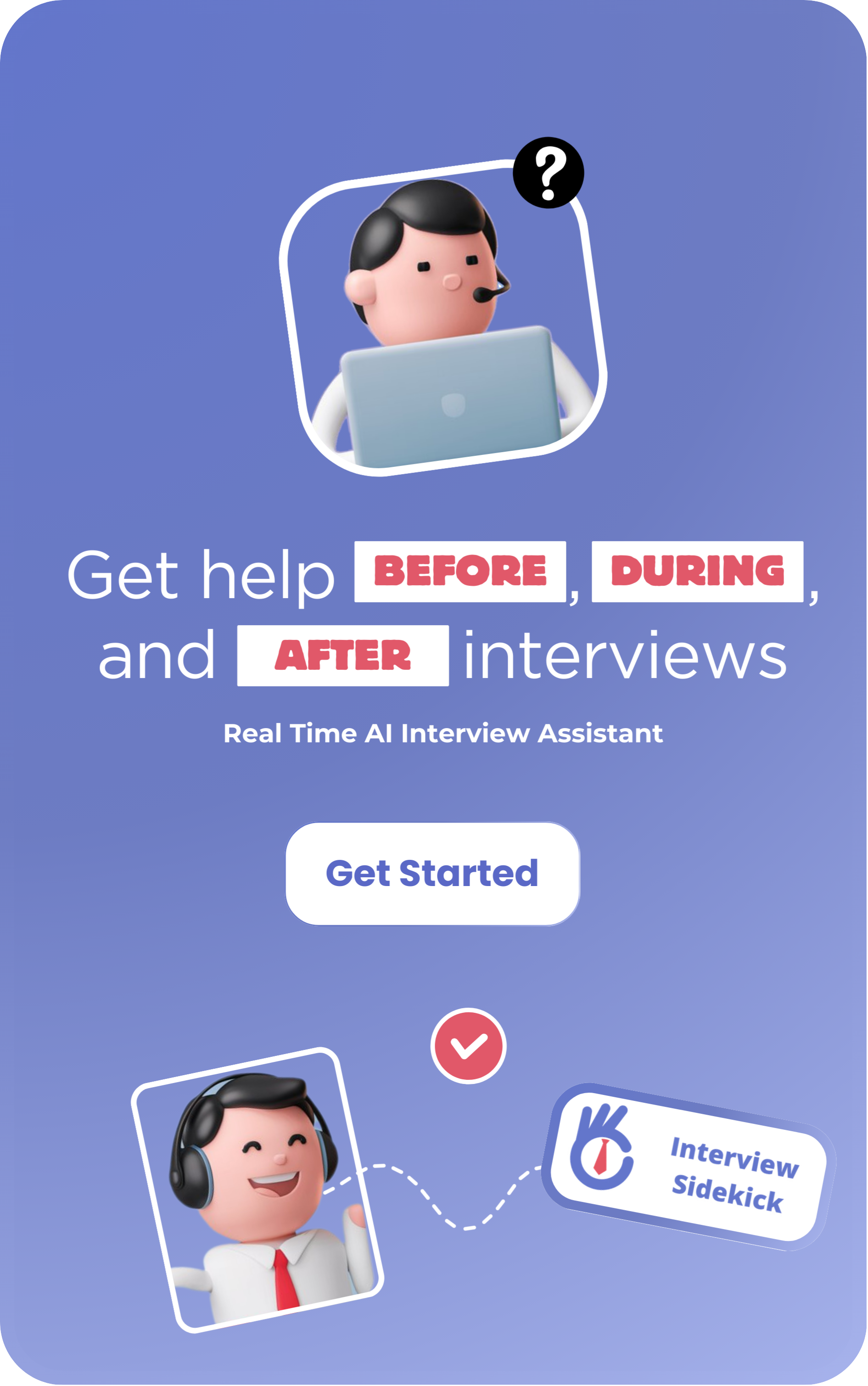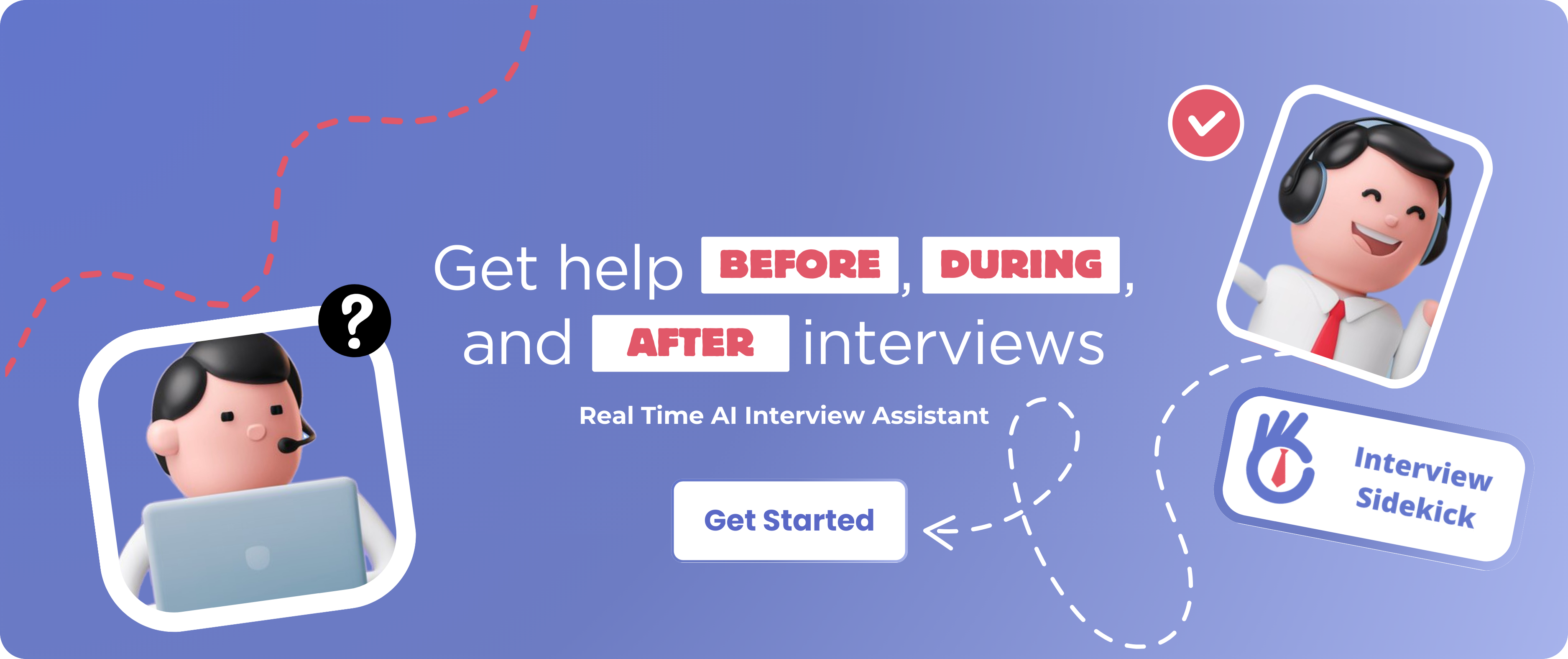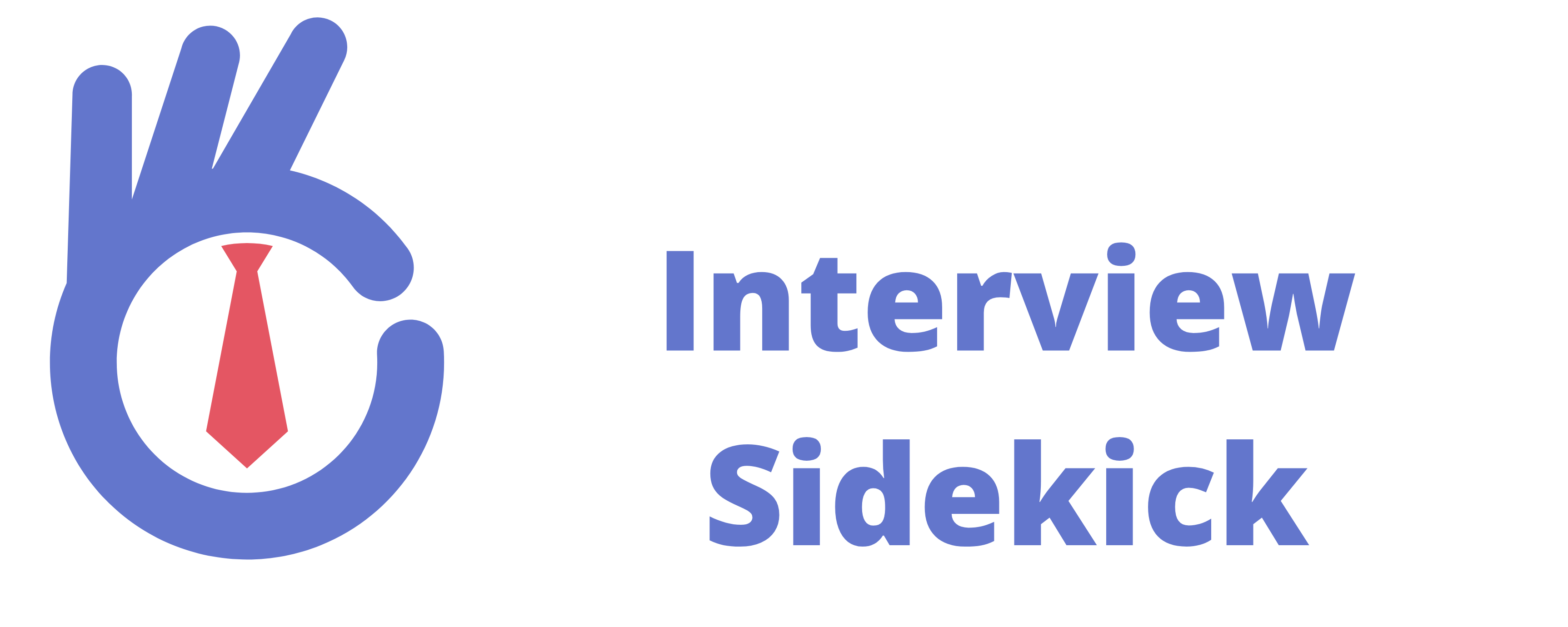Feeling overwhelmed with endless topics and uncertain where to start? You’re not alone. UI/UX Developer interview preparation can be challenging, but a clear, structured roadmap can help you tackle those pain points head-on and boost your confidence. Here’s an engaging guide to help you navigate your journey—from day one to interview day.
Overcoming Common Interview Prep Pain Points
- Topic Overload: With a wide array of subjects such as design principles, user research, prototyping tools, and behavioral questions, it’s easy to feel lost.
- Lack of Structured Guidance: Without a clear plan, you might focus too much on one aspect of design while neglecting others.
- Time Management: Balancing creative work, technical practice, and interview preparation with your daily routine can be stressful.
- Insufficient Real-World Practice: Simulating design challenges and portfolio reviews is hard without the right hands-on projects and mock scenarios.
- Feedback Gaps: Limited constructive feedback may slow your progress, and imposter syndrome can undermine your creative confidence.
Your 4-Week Preparation Roadmap
A dedicated, week-by-week plan can turn chaos into clarity. Here’s a suggested 4-week timeline that covers all the essential areas for UI/UX Developer interviews.
Week 1: Build Your Foundation
Focus: Core Design Principles & Fundamental Tools
Daily Goals:
- Day 1-2: Review fundamental design principles including color theory, typography, layout, and visual hierarchy.
- Day 3-4: Brush up on UI/UX basics—study user-centered design, usability heuristics, and accessibility guidelines.
- Day 5: Get acquainted with essential design tools such as Sketch, Adobe XD, or Figma; focus on understanding their interfaces.
- Day 6: Work on small design exercises like creating simple wireframes and mood boards.
- Day 7: Reflect on your learnings and test your knowledge using our Interview Question Generator.
Tip: Combine theoretical study with hands-on exercises to establish a strong design foundation.
Week 2: Dive into Advanced Design Techniques
Focus: Prototyping, Interaction Design, & User Research
Daily Goals:
- Day 1-2: Deepen your understanding of interaction design—learn about micro-interactions, animations, and responsive design.
- Day 3: Explore advanced prototyping techniques and build interactive prototypes using tools like Figma or InVision.
- Day 4: Study user research methodologies including surveys, interviews, and usability testing.
- Day 5: Analyze case studies of successful UI/UX projects to understand real-world applications.
- Day 6: Practice creating detailed wireframes and prototypes for different platforms (web and mobile).
- Day 7: Reflect on your progress and simulate design-focused interview questions using our Interview Question Generator.
Tip: Balance deep research with practical prototyping to refine both your design and analytical skills.
Week 3: Master User Testing & Portfolio Integration
Focus: Usability Testing, Iteration, & Portfolio Development
Daily Goals:
- Day 1: Study usability testing techniques and learn how to interpret feedback to iterate on your designs.
- Day 2: Conduct a small user testing session on one of your recent projects or prototypes.
- Day 3: Learn about integrating user feedback into design improvements and iterate on your wireframes/prototypes.
- Day 4: Organize your best projects and case studies into a cohesive portfolio that highlights your design process.
- Day 5: Practice articulating your design decisions, challenges, and outcomes as you review your portfolio.
- Day 6: Engage in whiteboard sessions to explain your design process and problem-solving strategies.
- Day 7: Reflect on your progress and simulate portfolio review interview questions using our Interview Question Generator.
Tip: A strong portfolio that clearly communicates your process is key to impressing interviewers.
Week 4: Polish Your Behavioral & Soft Skills
Focus: Behavioral Interviews, Communication, & Mock Sessions
Daily Goals:
- Day 1: Prepare your portfolio by reviewing past projects and design challenges; be ready to discuss your creative process.
- Day 2: Outline key experiences using the STAR method (Situation, Task, Action, Result) tailored to your design projects.
- Day 3: Record yourself answering common behavioral and technical design questions to identify improvement areas.
- Day 4: Conduct mock interviews with peers, focusing on both your design expertise and soft skills.
- Day 5: Seek constructive feedback from mentors or colleagues, and refine your explanations.
- Day 6: Practice articulating your approach to problem-solving, user empathy, and creative collaboration.
- Day 7: Reflect on your journey, relax, and boost your confidence with final rounds of mock sessions using our Interview Answer Generator.
Tip: Clear and confident communication of your design vision and process is crucial to succeed in your interview.
Bringing It All Together
By following this roadmap, you’re not only addressing the common pain points of interview preparation but also ensuring that every aspect of your UI/UX Developer interview is covered. Remember:
- Break It Down: Tackle one component at a time—don’t try to master everything in one go.
- Stay Consistent: Even short, focused sessions add up over time.
- Use the Right Tools: Leverage interactive tools like our Interview Question and Interview Answer Generators to simulate real interview conditions and receive valuable feedback.
- Believe in Yourself: Your unique design perspective and creativity, combined with structured preparation, will set you apart.
Start your journey today, and turn every challenge into an opportunity for growth. With clear steps and the right mindset, your dream role as a UI/UX Developer is well within reach!
Happy prepping, and here’s to your success!
